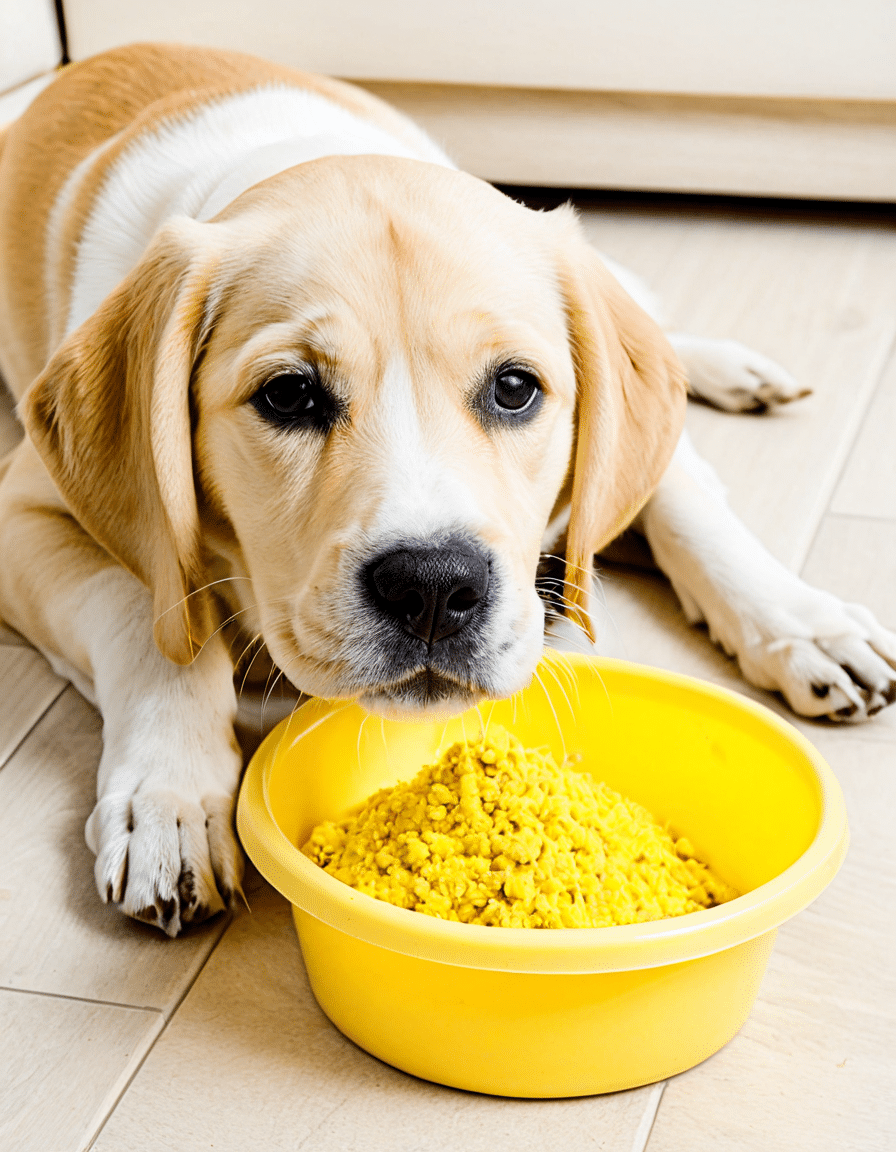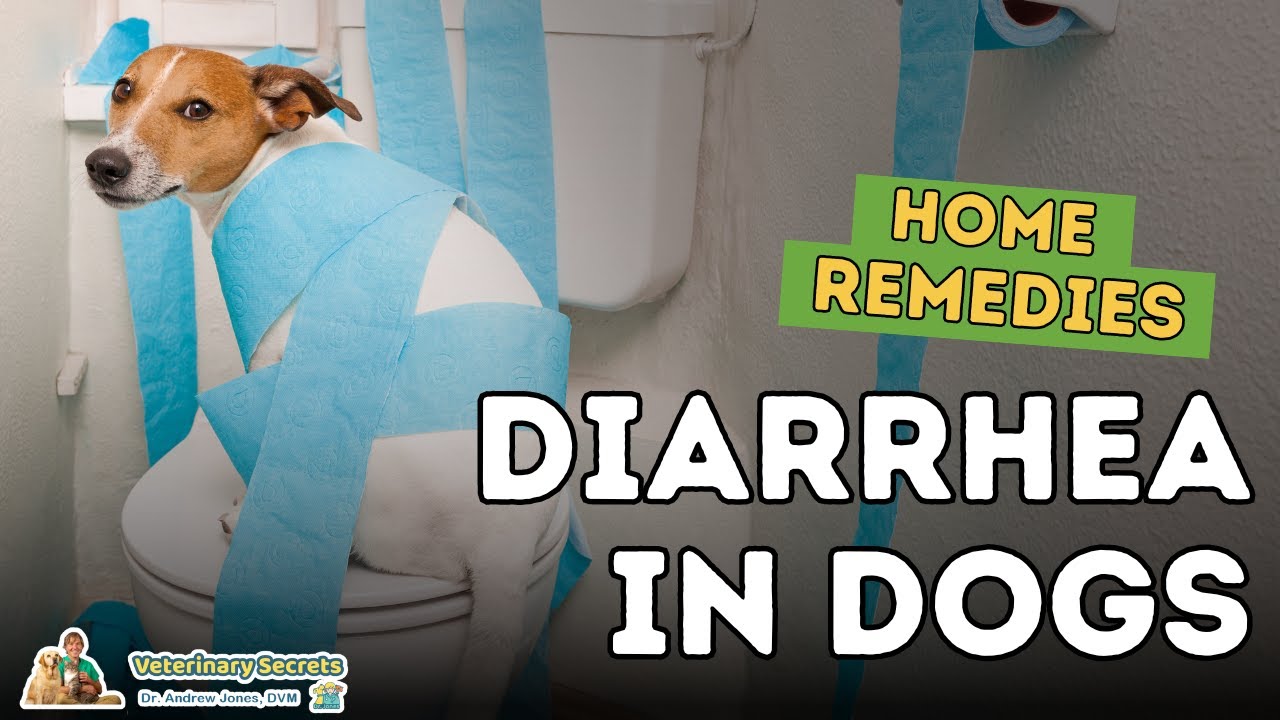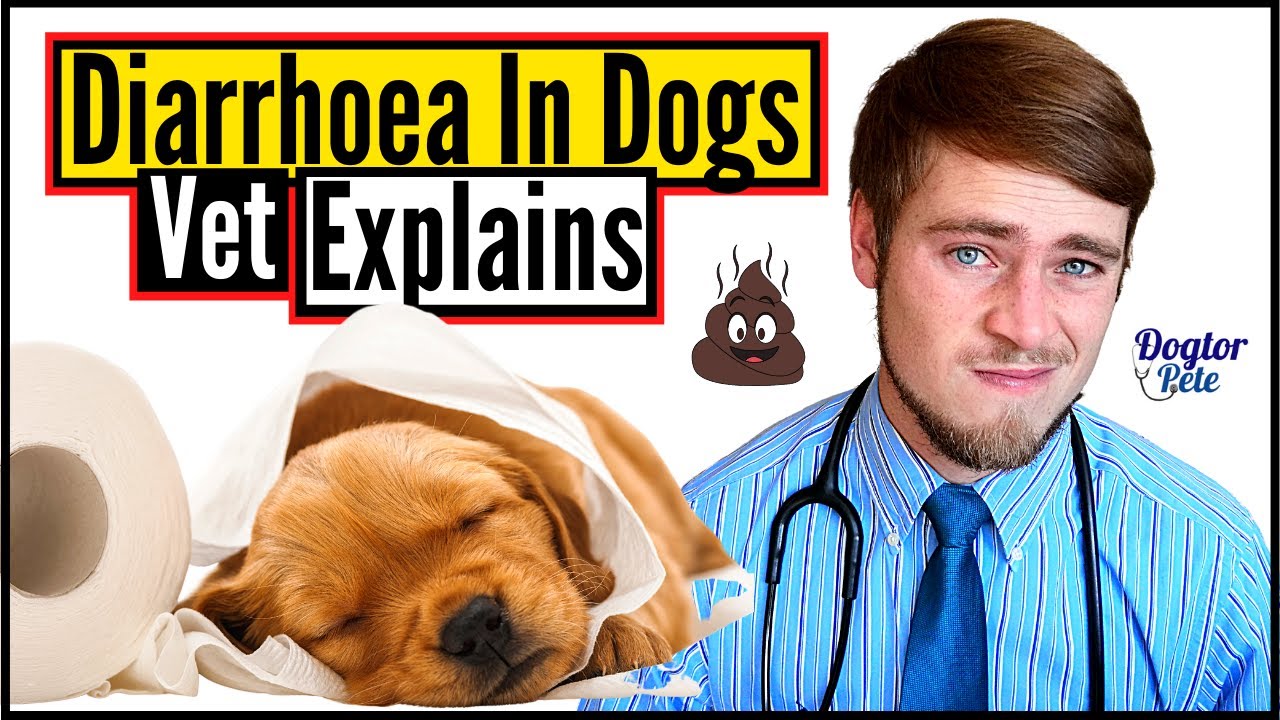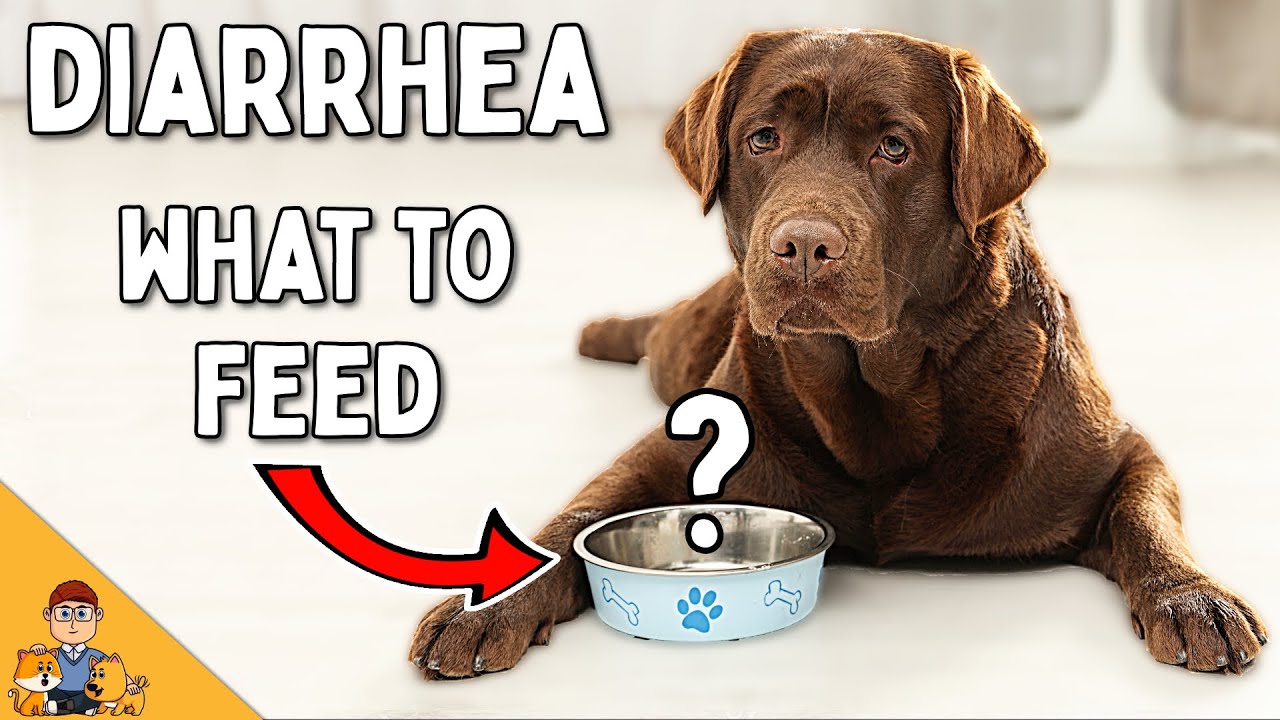As any dog owner knows, our furry friends can sometimes face stomach troubles, like yellow diarrhoea. What does yellow diarrhoea in dogs mean, and why should you care? Recognizing the signs of this issue is key to maintaining your pet’s health. A dog’s stool can tell you a lot about their overall condition, and a color change can be a red flag. Here, we’ll break down everything you need to know about yellow diarrhea in dogs, including its causes, symptoms, dietary considerations, and preventive measures.
1. The Basics: What is Yellow Diarrhoea in Dogs?
Yellow diarrhoea is characterized by loose, watery stool that has a yellowish color, indicating potential health issues. Regular dog stool should be firm, brown, and shaped like a log, while abnormal stool can present in various colors and consistencies. The color of your dog’s stool is crucial in diagnosing potential health problems, as different colors can point to different underlying issues. For instance, green might suggest something ingested that’s not sitting well, while yellowish hues often point toward digestive issues or liver problems.
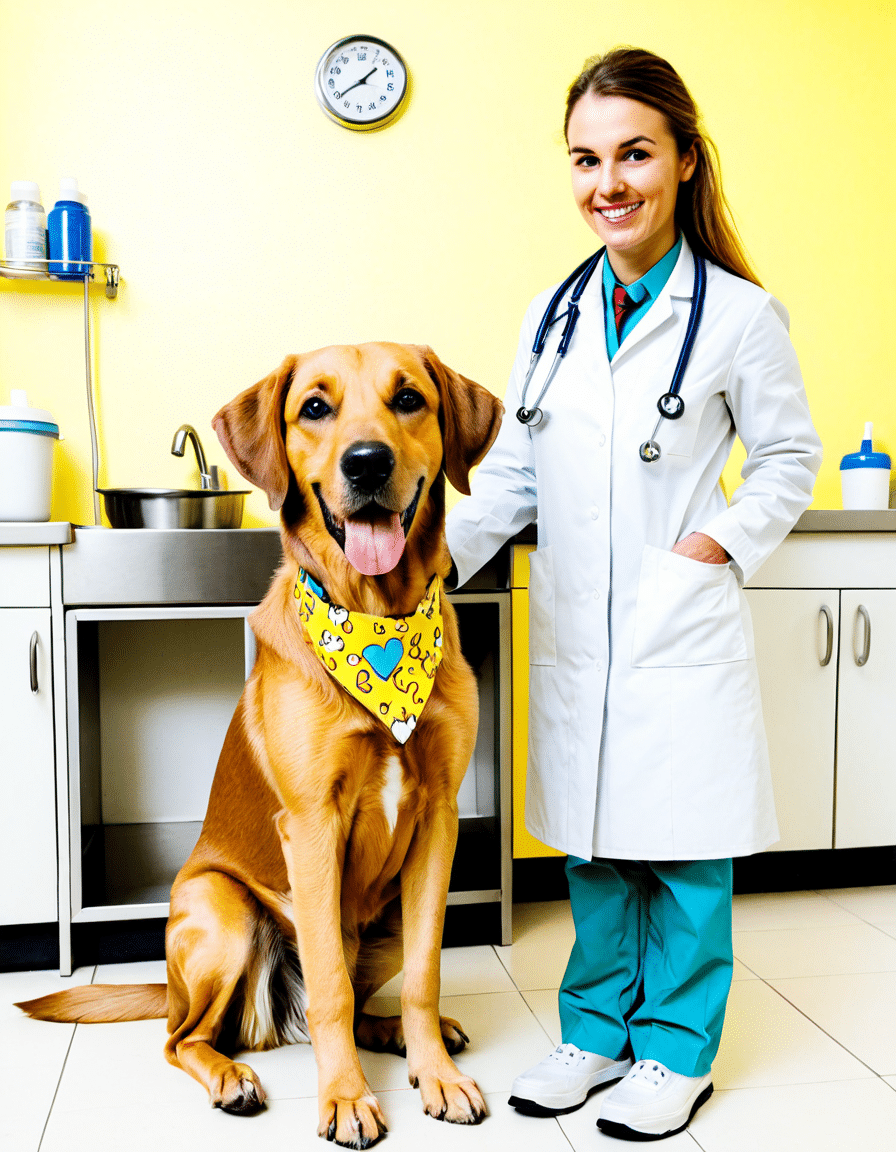
2. Top 7 Causes of Diarrhoea in Dogs: What You Should Know
Dietary Indiscretion
Sometimes, dogs simply can’t resist a tasty treat from the trash. Spoiled food or unsafe human foods can lead to tummy troubles, including yellow diarrhea in dogs. Common culprits include grapes, onions, and dairy products. Keep an eye on what your dog is eating; their curious nature can lead to unintentional issues.
Infections
Infections caused by viruses or parasites can also result in yellow diarrhea. Parvovirus and Giardia are frequent offenders. Symptoms can vary, and it’s important to stay alert, especially if your dog shows signs of lethargy or vomiting. Vaccinations can help protect against some of these viruses.
Toxins
What about toxins? Certain substances can cause severe reactions in dogs, including seizures. For instance, antifreeze and some common household plants can be fatal. Always check what your pet is exposed to; prevention is the best medicine.
Allergies
Food allergies are another reason for yellow diarrhea. Dogs can develop intolerances to certain meats or grains, resulting in digestive upset. It’s vital to identify potential triggers, such as chicken or beef, to avoid future issues. Consulting a vet for allergy testing can help.
Medications
Medications can have side effects too. For example, antibiotics might disrupt the stomach’s natural balance and lead to diarrhea. Always discuss potential side effects with your vet when starting new medications.
Chronic Conditions
Chronic issues, like pancreatitis or inflammatory bowel disease (IBD), can also lead to these symptoms. Dogs suffering from these conditions may experience ongoing digestive problems, including yellow diarrhea. Regular check-ups can spot these diseases before they worsen.
Hemorrhoids in Dogs
Do dogs get hemorrhoids? While it’s uncommon, they can experience similar issues that cause discomfort during bowel movements. Signs of discomfort can overlap, making it essential to understand other potential causes.
3. Symptoms to Watch: Beyond Yellow Diarrhoea
Beyond yellow diarrhea itself, other symptoms may help assess the severity of your dog’s condition. Look out for lethargy, which can signal that your pet is not feeling well overall. Vomiting might accompany diarrhea, potentially pointing to more severe infections or toxins in their system. Additionally, fever can indicate illness, so monitoring your dog’s temperature may provide further insight.
If your dog is experiencing heavy or continuous diarrhea, dehydration could also become a concern. Keep an eye on their drinking habits and urine output to ensure they’re staying hydrated. If you notice additional symptoms, don’t hesitate to contact your veterinarian for further advice.
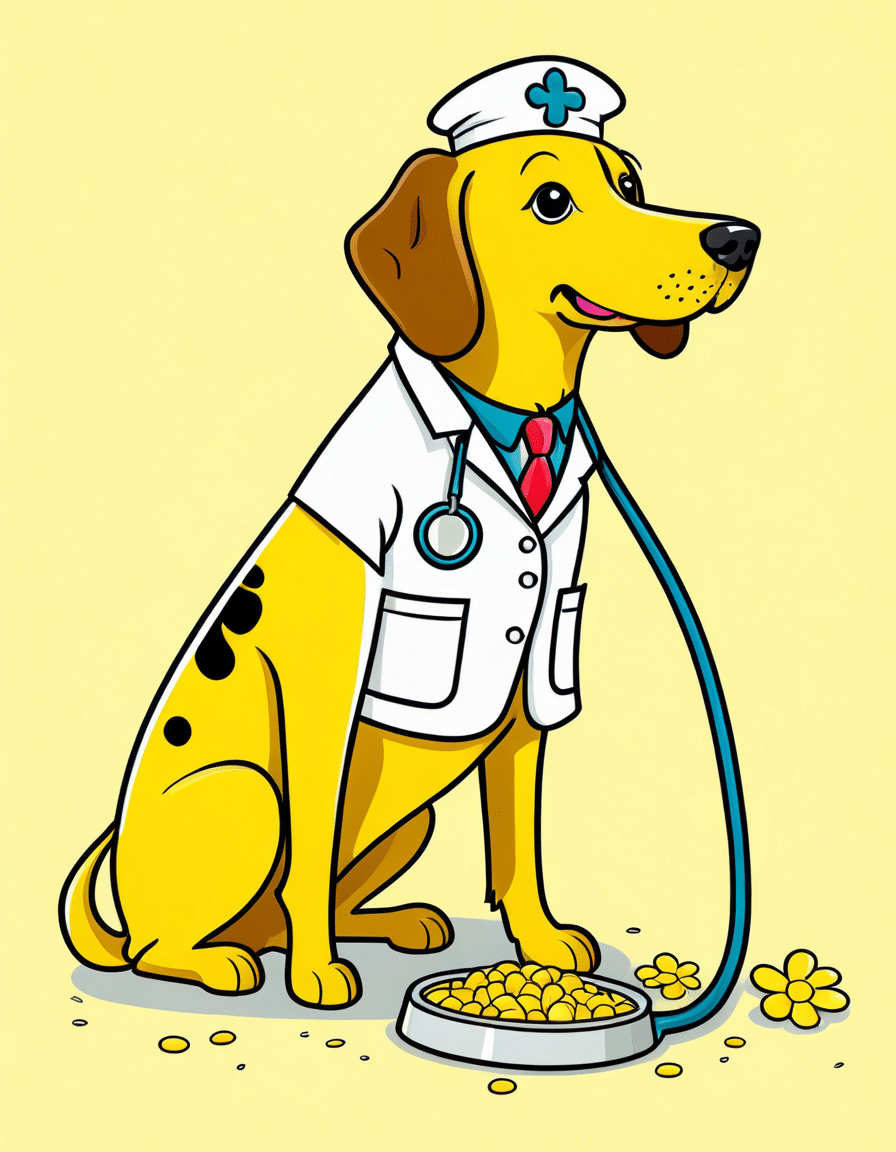
4. Diarrhoea in Dogs: What to Feed When It Happens
So, what do you feed your dog if they show signs of diarrhea? A bland diet can work wonders, with options like boiled chicken and rice, or plain pumpkin to soothe the stomach. Each of these choices helps settle upset tummies while providing essential nutrients.
Top dog food brands, like Hill’s Science Diet and Royal Canin, offer specific formulations for digestive health. These brands include prebiotics and probiotics to rebalance intestinal flora, minimizing digestion issues in the future.
Hydration plays a key role, too. Ensure your dog has access to fresh, clean water. You might also consider providing electrolyte solutions specifically designed for dogs. Reintroducing food too quickly can worsen symptoms, so start with small amounts.
5. What to Do If Your Dog Has Yellow Diarrhoea
If your dog shows signs of yellow diarrhea, take action promptly. Fasting for 12-24 hours can help to clear their system. After the fasting period, reintroduce food gradually, starting with bland options like rice or pumpkin.
However, there are certain indicators that mean it’s time to consult a veterinarian. If your dog has a persistent high fever or goes more than a day with diarrhea, it’s essential to seek professional help. Your vet might recommend diagnostic procedures like stool tests or bloodwork to identify underlying causes.
6. Prevention Strategies: Keeping Your Dog Healthy
Prevention is crucial. Avoid common causes of diarrhea by sticking to safe feeding practices. Keep human food away from your pet and slowly introduce new foods to prevent allergic reactions.
Regular veterinary check-ups are vital for preventive care. Regular screenings can catch health issues before they evolve into more severe conditions. Another good habit is monitoring your dog’s diet; stability and consistency in what they eat will keep their stomach happy.
7. Myth-Busting: Do Dogs Get Hemorrhoids?
There’s a common myth that dogs can get hemorrhoids. While it’s rare, dogs can experience discomfort that resembles hemorrhoids. If your dog shows signs like licking or seeming uncomfortable while pooping, it’s important to consult your vet.
The signs of irritation can result from other issues as well. Therefore, knowing what to watch for can help distinguish between hemorrhoids and other rectal problems. Lifestyle changes, including diet adjustments and increased fiber, can alleviate discomfort.
Innovative Insights: Emphasizing the Importance of Monitoring Your Dog’s Digestive Health
Navigating your dog’s digestive health can feel challenging, especially when dealing with alarming symptoms like yellow diarrhea. Keeping a close watch on their stool color and consistency helps catch potential health concerns early. The earlier you respond, the better the outcome for your furry friend.
Maintaining your dog’s digestive health is more than just monitoring; it’s about fostering a proactive approach to wellness. By dedicating time to understand and address their needs, you’re ensuring that they remain vibrant and active members of your family. Remember, your dog relies on you to keep them happy and healthy, so a little attention today can prevent bigger issues tomorrow!
Yellow Diarrhoea in Dogs: Trivia and Interesting Facts
Understanding Yellow Diarrhoea
Did you know that the color of your dog’s poop can reveal a lot about their health? Yellow diarrhoea in dogs often indicates that your pup’s digestion is off-kilter, possibly due to dietary indiscretion or infections. The liver, where bile is produced, plays a significant role in digestion, so when things go haywire, you’ll notice odd colors. It’s a pretty clear signal that you should pay attention to your pup’s overall well-being. Speaking of signals, if you’ve ever wondered how to keep your backyard pristine, check out tips on how to repel Dogs From Lawns!
Fun Facts About Dog Health
While you’re keeping an eye out for yellow diarrhoea in dogs, here’s some light-hearted trivia to brighten your day: Did you know that dogs can actually learn to associate actions with rewards? It’s a bit like playing It Takes Two—once they figure out the game, they can surprise you with their intelligence! If your pup’s behaviour is sometimes puzzling, remember that they might just be more clever than they let on. Speaking of puzzles, have you ever asked How many Nickels are in a roll? Just like counting coins, counting your pup’s good days versus the bad days of yellow diarrhoea can help you spot a trend and when to seek advice from your vet.
Unusual Health Signs
It’s not just yellow diarrhoea that can raise red flags. Sometimes, seemingly unrelated issues like a dog With a drippy nose might pop up as well. When multiple symptoms occur, it can feel like you’re on a wild ride. Just think of a mixed breed dog, like a happening mix of a husky and a malamute, bringing all sorts of unpredictability into your life! Understanding these signs can lead to prompt action, which often results in better outcomes for your furry friend. Finally, keep this in mind: while yellow diarrhoea in dogs can be concerning, monitoring the situation closely allows you to make informed decisions about their health and when to consult your veterinarian.
